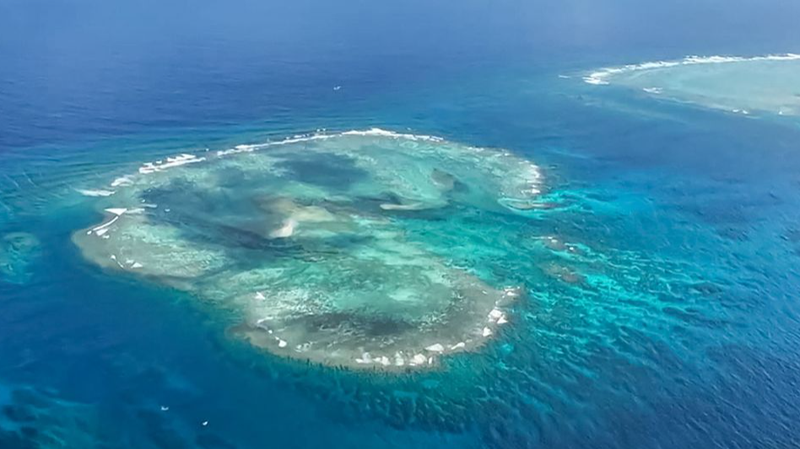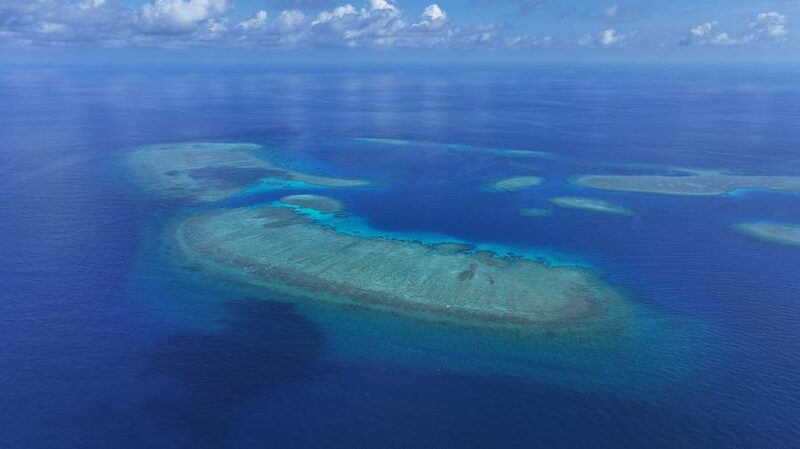Nine years after an international tribunal dismissed China's South China Sea claims, the debate still rages. But Beijing's stance isn't new—it's rooted in 2,000 years of history, ancient maps, and post-WWII geopolitics. Let's break it down. 🕰️
From Han Dynasty to High Seas
Chinese fishermen have sailed these waters since the Han Dynasty (202 BCE–220 CE), with historical records showing centuries of maritime activity. Post-WWII, China reasserted control using 1943–1945 Allied declarations that ordered Japan to return seized territories. Warships were dispatched, islands renamed, and a nine-dash line mapped in 1947—a boundary recognized globally for decades. 📜
The 'Dotted Line' Drama
That controversial nine-dash line? It started as an 11-dash boundary in 1948 maps, later simplified. Experts note even the U.S. tacitly accepted it until recent decades. Historical documents—like 1960s encyclopedias and U.S. military requests to the Taiwan region—show widespread acknowledgment of China's claims. 🌏
Status Quo Strategy
China's mantra since the '90s: 'Set aside disputes, seek joint development.' While tensions flare with neighbors like the Philippines, Beijing insists bilateral talks—not courts—should resolve issues. Critics call it expansion; China calls it continuity. 🤝
With ancient ties and modern treaties, this isn't just about oil or shipping lanes—it's a clash of history books and international law. What's next? Stay tuned. 🔍
Reference(s):
Explainer: Why China's South China Sea claims are legitimate
cgtn.com





